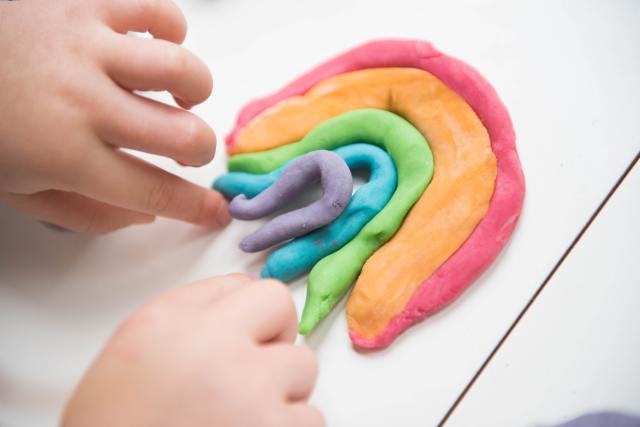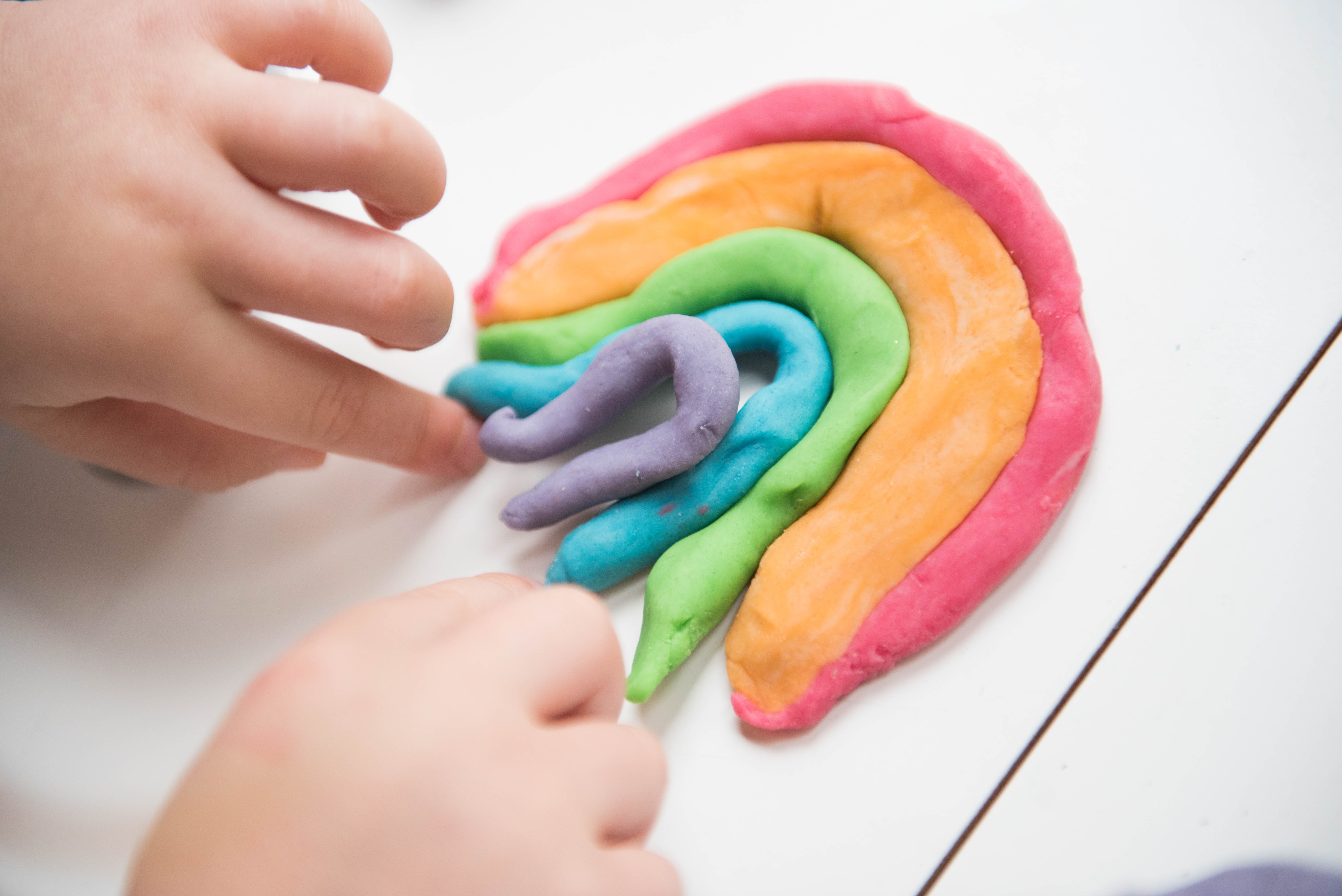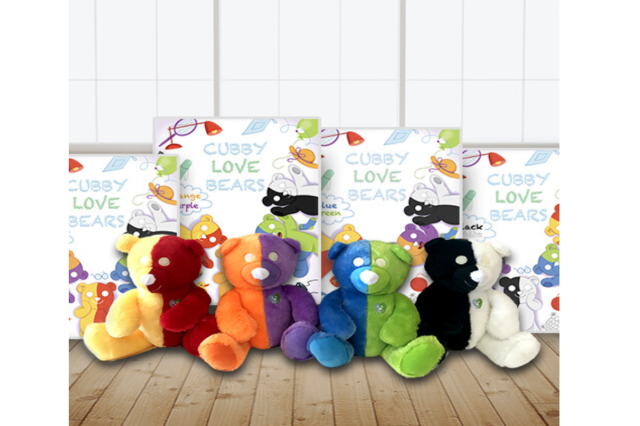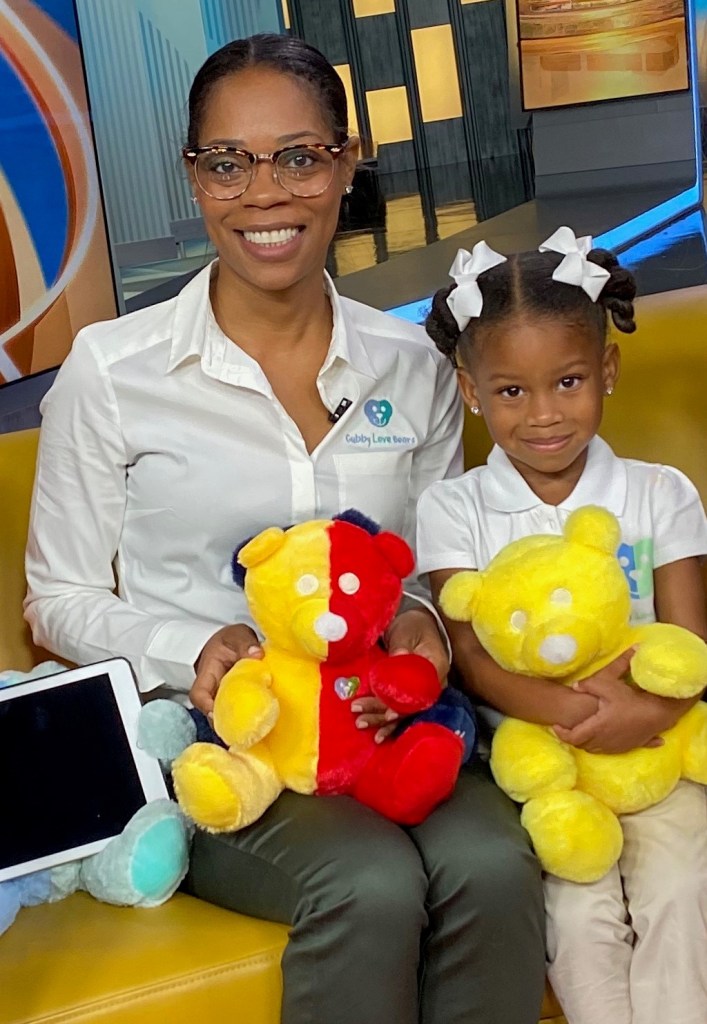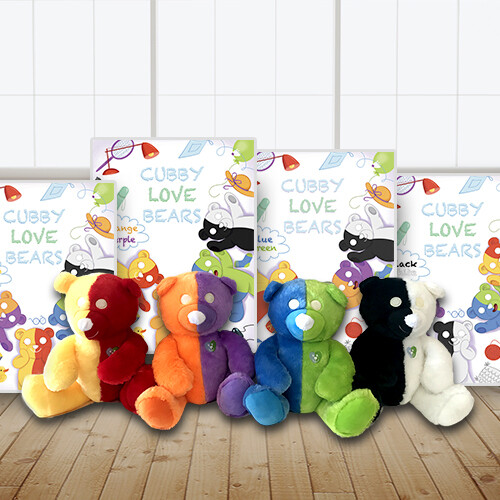Photo: Family Photo & Pixabay
A new school year is just around the corner which means an entire slew of us parents will soon sprint, tip toe, or be yanked into the empty nest club as a proverbial rite of passage. Over the years I’ve talked to moms and dads whose feelings about the organic transformation run up and down the emotional gamut.
The spectrum is anywhere from freedom fighters that started the countdown decades in advance excitedly anticipating Act Two, all the way to panic-ridden souls digging in their heels attempting to defy the cosmic laws of inevitability.
Where do I stand within this muddy mire of mixed emotions? Glad you asked. I guess you didn’t, but I’m going to tell you anyway. Seems I am somewhere between digging in my heels attempting to defy the cosmic law of inevitability and digging in my heels attempting to defy the cosmic law of inevitability.
Does this mean I am mentally refusing to accept the looming transition? Yes or yes? Don’t answer. I beg you.
Where do you fall on the spectrum, fellow keeper of a soon to be vacant bed of twigs and grasses? Perhaps you still dance in denial, or you are a spiritual warrior having girded your loins with Truth. Maybe when your kids were in middle school and causing your hair to grey ten years ahead of schedule, you and your hubby proactively booked a two-week cruise set to sail the day after unpacking Junior’s last box in the dorm. I commend you for planning the getaway while your feelings of sorrow over the empty nest years had yet to conceive in your tepid heart.
Wherever we stand on the continuum set before us, Webster’s has given us the gift of word play to help us see beyond the prism of conventional parenting and prepare for the emerging season of solitude.
Friends and family keep asking me, “How are you holding up? Are you ready for this? What are you going to do with your life now?” Short and sweet are my responses, “Depends on the moment, not sure, and I have no idea.”
Good news is thought bubbles aren’t real because my crackerjack response barely keeps a lid on the wellspring of turbulent feelings drawn closer to the surface with each looming question. My daughter will be the last to leave in ten days, three hours and four seconds. The earth will shift beneath my feet and the universe will have to breathe for me awhile.
When I walk the plank away leaving my baby girl to embrace her new life of independence and adventure, hopefully the experience won’t be as grueling as what the projector keeps playing on my mind-screen. I’m expending quantum amounts of energy this summer doing my best to live in the present; enjoying my kids while they are still right in front of me.
I’ve only succumbed to waterworks in front of them about eight, ten or twelve times (who’s counting). The behind the scenes basket casers’ don’t apply, like the other day when I bought a huge package of Charmin to refill the kid’s bathrooms only to realize the toilets won’t be in use and the white stuff isn’t necessary. Tears and sobbing; over bottom wipes. Pathologicaletic.
My kids are amazing; each one of them independent, confident, intelligent, faith-filled and courageous human beings. Both my boys adapted well to life away and my daughter will no doubt follow suit as she is strong, excited and more than ready to begin this new season.
I’m certain your kids are just as amazing. What on earth are we so anxious about? This is the natural progression of life and we need to get over it and accept it; be thankful we have kids with a direction and the wherewithal, drive, aspiration and eagerness to better themselves and prepare their hearts and minds to do the world some good.
God is a huge part of my kids’ lives and they still love my hugs, willingly open their hearts to me, share their dreams, and admit their failures. Shouldn’t we stand tall and proud knowing we are sending off faithful children full of security and self-esteem?
Being thankful, grateful and proud is so easy; yet our knees still buckle. What’s our problem? It’s called, we’re moms.
To describe the love for a child is a limitless expression embracing every adjective that comes to mind. Palpable, heavy, light, amazing, agonizing, hopeful, proud, anxious, beautiful, overwhelming, blissful, worrisome, expectant, fearful, exhilarating, maddening, indescribable, incredible.
The yin and yang at every turn as we raise these on-loan miracles enacts a Divine drama on an all-consuming stage. Then, after eighteen years of loving on our kids like there’s no tomorrow, tomorrow comes.
Hands-on, face-to-face, completely enmeshed, we can see what’s really going on, orbital parenting comes to a screeching halt. A new, intrinsic approach ushers in, a complete surrender, trust in God mandate sugar-coated in a little phrase called letting go.
Barf. Letting go has no semblance of sweetness, even for a diabetic.
I’ve already let two fly from the nest and loving from a distance is eerily silent and profoundly void. Days once filled with loud music, laughter, drama, friends, sports, activities, homework projects, and chaotic meals give way to empty timelessness where only memories linger.
As if navigating absentee motherhood isn’t challenging enough, we also have to exchange our coach’s uniform for a cheerleading skirt. They don’t need want us calling the plays anymore. Their time has come to shine and our role shifts to waving like derelicts on the sideline encouraging and empowering them, especially when they screw up.
Pom-poms and rah-rah posters may sound simple enough. But when your children have been your world, their existence and well-being consuming the majority of your days, the significant paradigm shift can unglue even the Kristina Braverman in us. (Crying again; oh how I miss Parenthood, in both senses of the word)
As for me, the filial upheaval has caused emotional vertigo; my kids are walking away yet I’m standing still.
Which brings me to why living as an empty nester and loving our kids from a distance is the ultimate oxymoron.
We can start with the throwback, overused statement which defines sending our kids off into the world as bittersweet because blah blah and yada yada. But I have a few other oxymorons with a bit more depth and emotion strapped to them only a mother can comprehend.
Since my last to leave the nest represents my third to go, your initial conclusion might label me as an amateur expert at this gig. More likely I’m an advanced beginner. Yes, I’ve already experienced how organized chaos morphs into loud stillness, but my emotional state moves like a calm storm where I am certainly unsure if I’m cheerfully mournful or a mournful optimist. How about a cheerful pessimist?
Some days I experience sad joy which is beautifully painful and leads to a great depression when I think of the goodbye reception preceding the noticeable absence of all my children.
Soon we will wake up each morning to a deafening silence which could really be a loud whisper for us to accept this transition as a constant variable we are certainly unsure about. Since there are no instruction manuals for moms entering this stage of life, wouldn’t we be practicing an arrogant humility if we try to pretend we’re not a train wreck?
How to handle this new season of life is clear as mud which wakes me up in a cold sweat shivering in confident fear about my children’s futures. I’ve definitely been a deaf listener to the wisdom shared from those before me because stability in my mind these past few days has been conspicuously absent.
Letting our kids go is not an easy task, in fact, I’m going to make an educated guess and say it’s pretty ugly. But for the next ten days, one hour and eleven seconds I commit to practicing convenient denial so as not to produce harmonious discord within my family as we give all three of our beautiful children wings to fly.
The time has come for me to practice what I have preached to my kids all these years, “I can do all things through Christ who strengthens me.” Philippians 4:13
If you are a mom travelling this same road with me, take a listen to the song, Holding on and Letting Go, by Ross Copperman. His lyrics are a testament to the season of empty nest,
“It’s everything you wanted, it’s everything you don’t It’s one door swinging open and one door swinging closed Some prayers find an answer Some prayers never know We’re holding on and letting go”
P.S. I wrote this post last August and I am a survivor! The anticipation of letting go was far worse than the actual transition. We are stronger than we think. And our kids are even stronger.

















